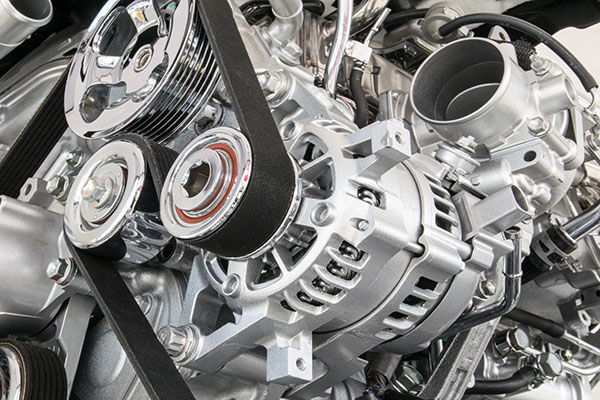
You turn your car key or push the start button... and nothing happens. That silence can be frustrating, right? You immediately realize that the intricate process between your car's battery and starter has missed a step. Understanding how these two critical components are connected could save you from being stranded and ensure your day remains on track.
The Electric Duo - Battery and Starter
The relationship between a car's battery and starter is one of pure symbiosis, each relying on the other to perform their roles flawlessly. The battery is your vehicle's reservoir of electrical power, a box of potential energy waiting for its cue to electrify your car's systems. In contrast, the starter is akin to a valiant knight; it springs into action when called upon, wielding electric current as its sword to awaken your engine from its slumber.
Turning Chemical Energy Into Motion
At the heart of this connection lies a series of events that begin with chemical reactions inside your battery. As you engage your ignition, the battery converts its stored chemical energy into electrical energy in an instant. This electrical power flows through thick cables directly to your starter motor.
Now, envision the starter motor as an electrically powered piston that kicks into life, engaging a small gear (the pinion) with a larger gear (the flywheel) attached to the engine. As electricity from the battery energizes the starter motor, it causes the pinion to spin and turn the engine over—literally starting it up.
The Relay
But wait - there's an intermediary player in this process: the starter solenoid or relay. Acting as a kind of traffic cop for electricity, it ensures that high-current doesn't flow until it absolutely needs to. When you turn the key or push that button, a smaller current passes through the solenoid coil first. This magnetically pulls down a switch that then allows high current from the battery to reach the starter motor, thus preventing any premature sparks or damage from occurring.
It's this precise orchestration—the seamless passing of current from battery to solenoid to starter—that breathes life into an inert mass of metal and rubber.
FAQs About Your Car's Electrical Lifeline
Q: What signs indicate my battery or starter might be failing?
A: Be alert for warning signals like dimming headlights, slow engine cranking, clicking sounds when attempting to start or complete failure to turn over—these could spell trouble for either component.
Q: Can I jumpstart my car if either component fails?
A: If it's solely a drained battery causing issues, jumpstarting could help. However, if it's a faulty starter motor, jumpstarting won't solve the problem.
Q: How long do batteries and starters typically last?
A: Most batteries can last between 3-5 years depending on usage and maintenance, while starters have varied life spans but often start showing issues around 100k miles.
Does your vehicle need a new battery? Give Stang Auto Tech a call, book an appointment, and we will take care of the rest!